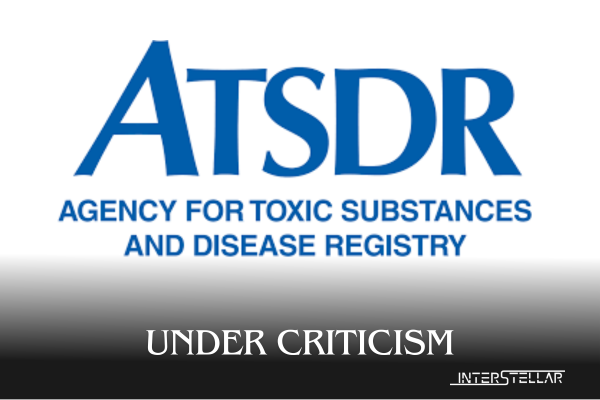Federal Health Agency Faces Criticism for Downplaying Pollution Risks
A Reuters investigation has uncovered that the Agency for Toxic Substances and Disease Registry (ATSDR), a federal health agency, has been aiding companies responsible for severe pollution. Established over 40 years ago to identify health risks at highly contaminated sites, the ATSDR has been found to frequently downplay and disregard the health concerns of neighbouring communities.
ATSDR’s Role in Pollution and Community Safety
The ATSDR was created to protect people from environmental hazards. However, a review of hundreds of the agency’s health reports reveals a pattern of minimizing community health risks. Companies and polluters have leveraged the ATSDR’s findings to avoid lawsuits, deny compensation, criticize opponents, and delay or reduce cleanups of toxic sites. This has potentially saved polluters tens of millions of dollars and exposed millions to harm.
Analysis of ATSDR Reports
Reuters’ comprehensive assessment of the ATSDR included an analysis of 428 reports issued from 2012 to 2023. Key findings include:
- Frequent Declarations of Safety: In 68% of its 1,582 conclusions, the ATSDR declared communities safe from hazards or did not make a determination, which a former EPA official noted as “straining credulity.”
- Reliance on Faulty Research: The agency’s conclusions often rely on outdated or flawed data, affecting at least 38% of the reports.
- Refuted Health Risk Declarations: Between 1996 and 2017, the agency declared no health risks at least 20 times, only to be later contradicted by other government agencies or its own reassessments. Communities in Alabama, California, Missouri, New York, and North Carolina were affected by these errors.
- Questionable Research Practices: Despite decades of criticism, the ATSDR continues to use research practices deemed “virtually useless” by its review board in 2010.
- Inconclusive Reports: The agency’s tendency to publish inconclusive reports aids corporate strategies to deflect regulation and liability, according to six public health professors interviewed by Reuters.
ATSDR’s Response and Impact
ATSDR officials did not comment on the agency’s performance, errors, or how its reports are used by polluters. The agency maintains that it uses “the best available science to protect communities from harmful health effects related to exposure to hazardous substances.”
The Reuters investigation highlights significant shortcomings in the ATSDR’s approach to protecting public health, raising concerns about the agency’s ability to fulfill its mission.
The full investigation, including a companion article examining some of the agency’s notable errors, is available on Reuters.com.





